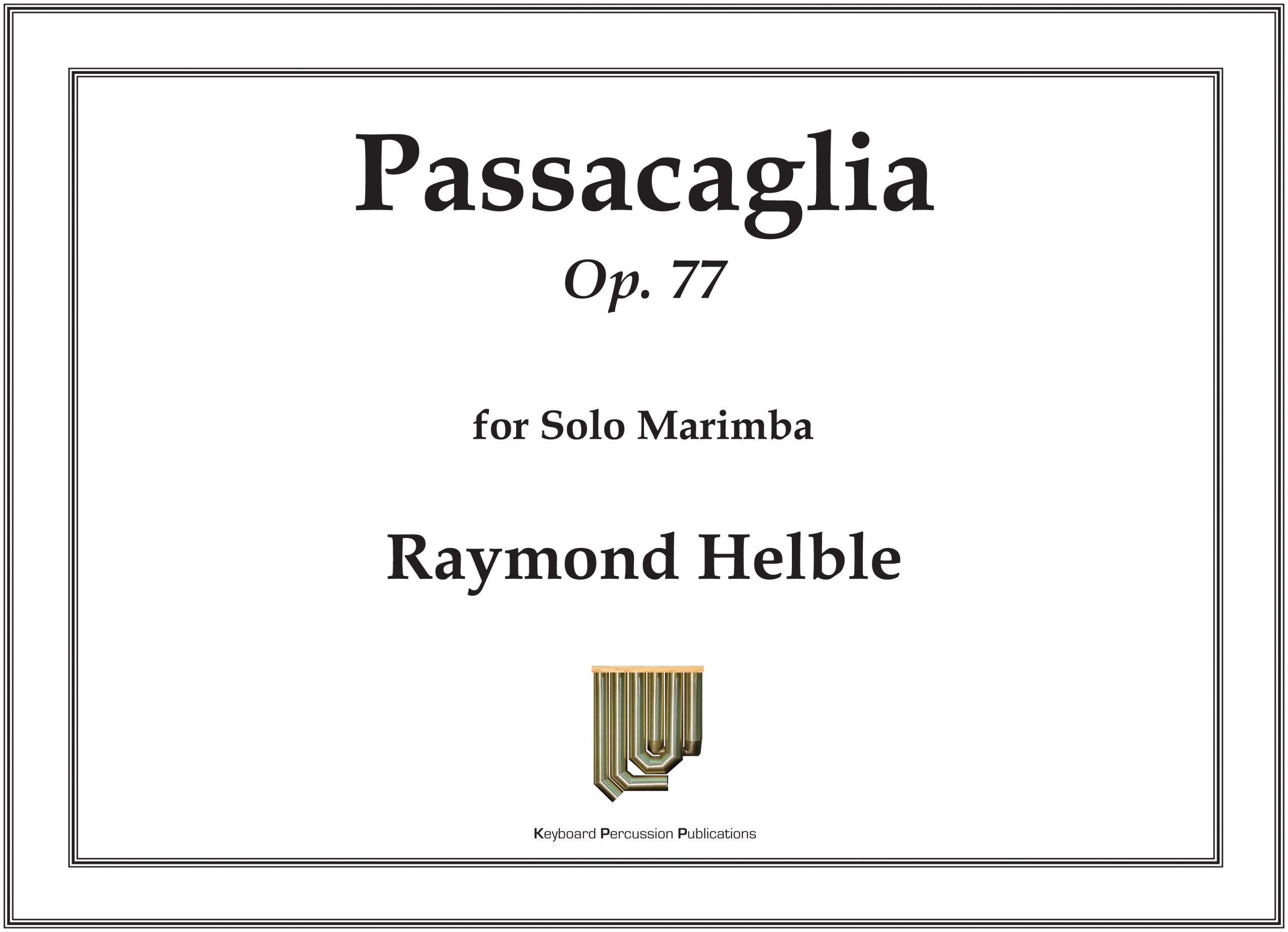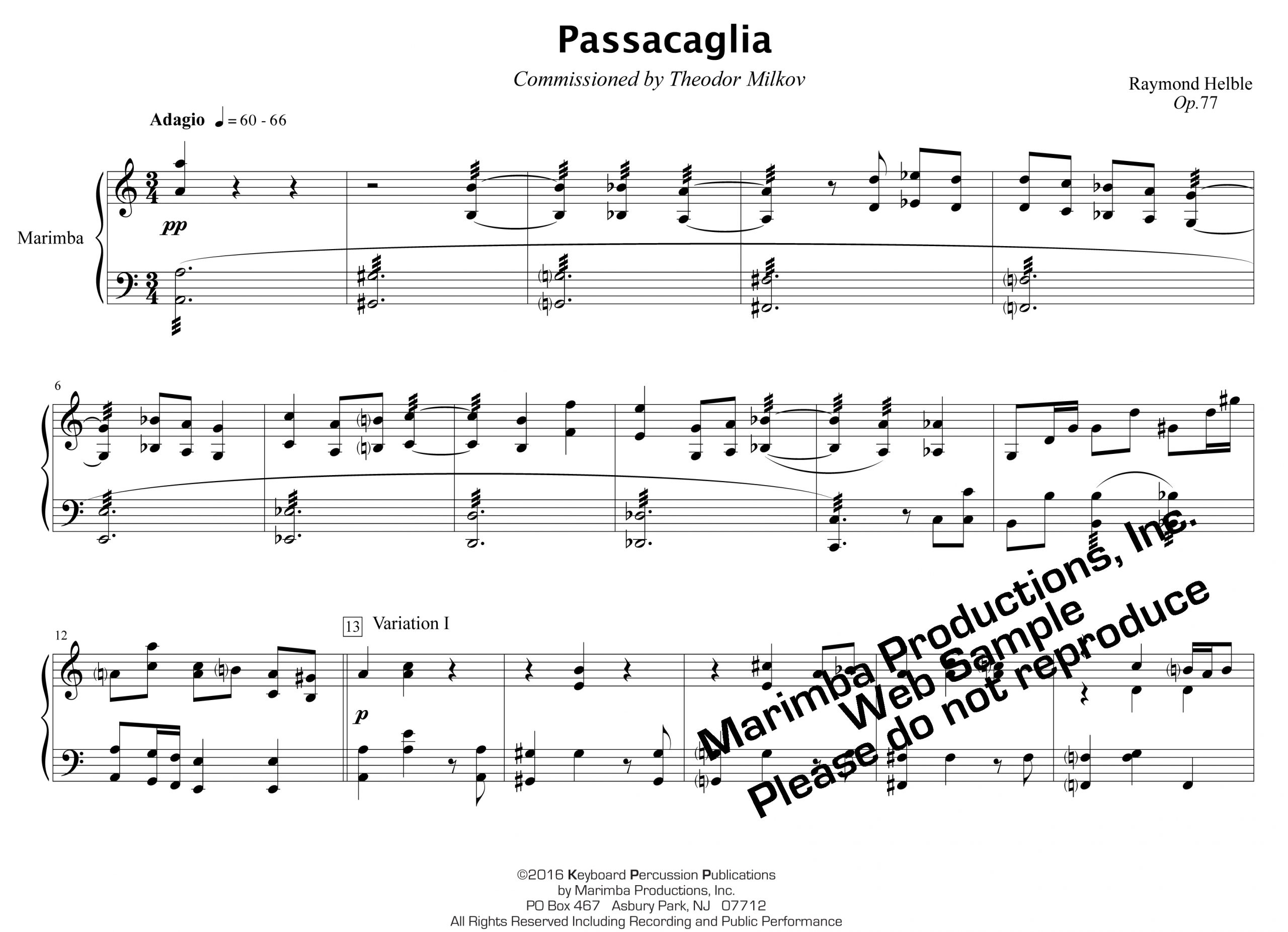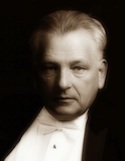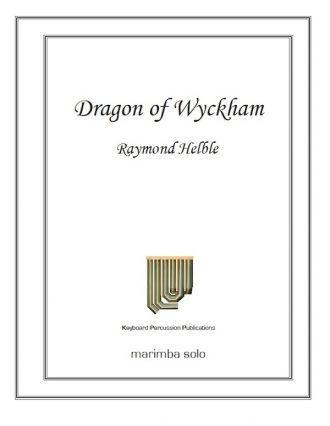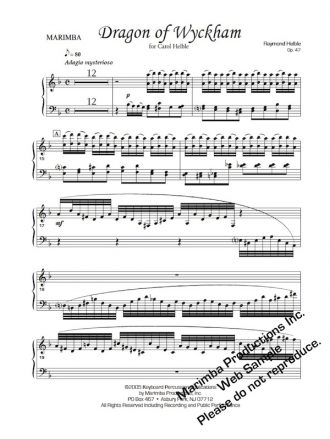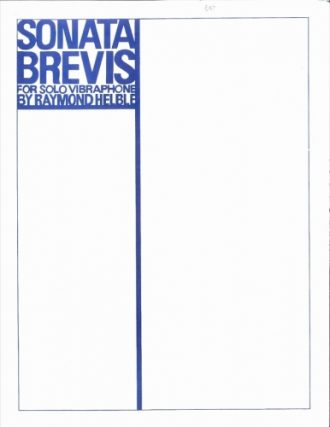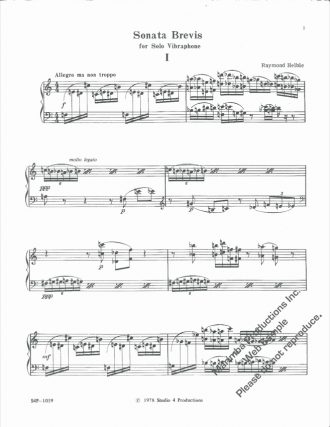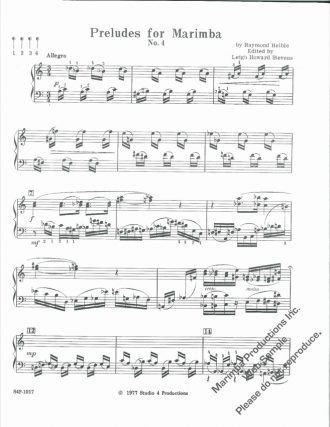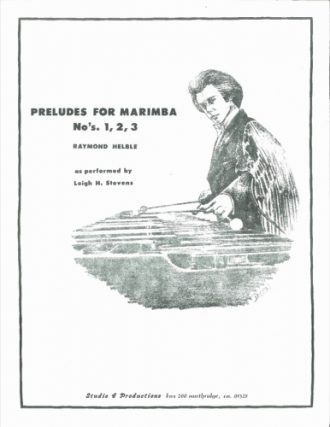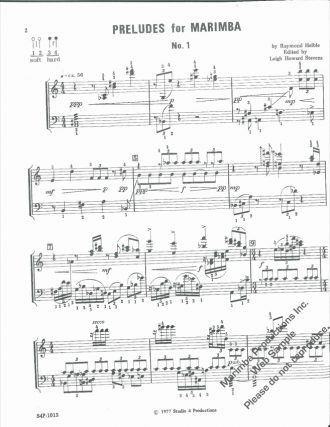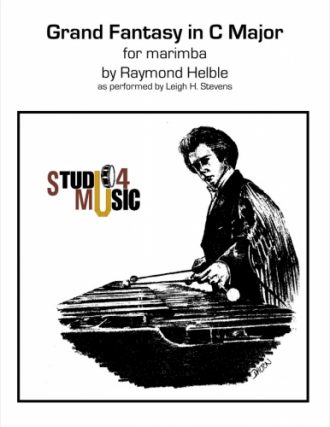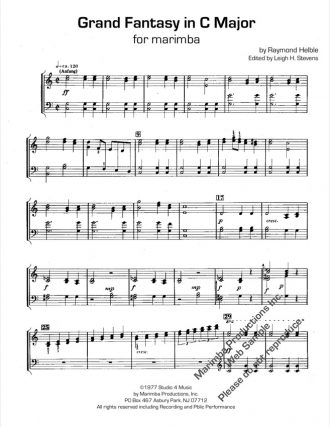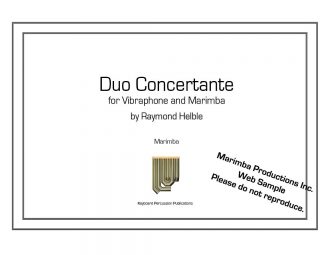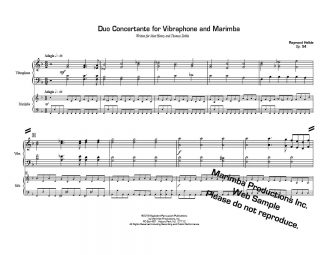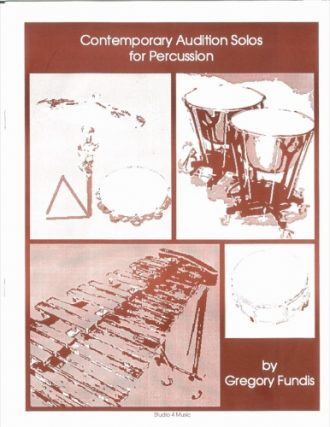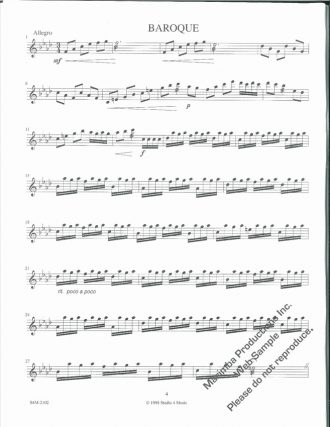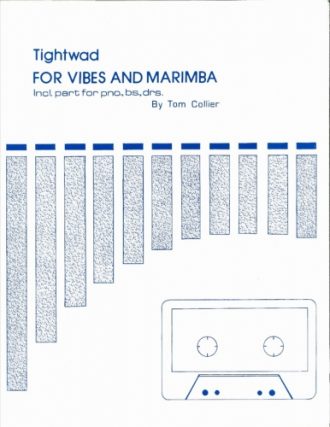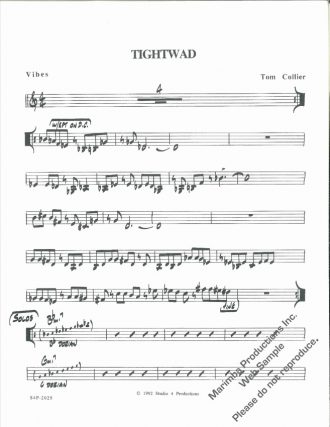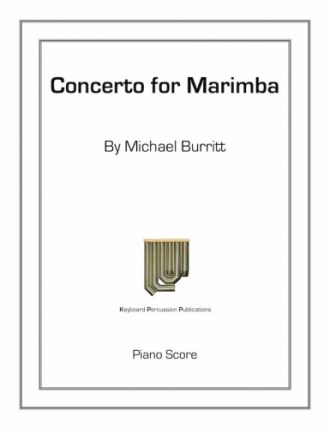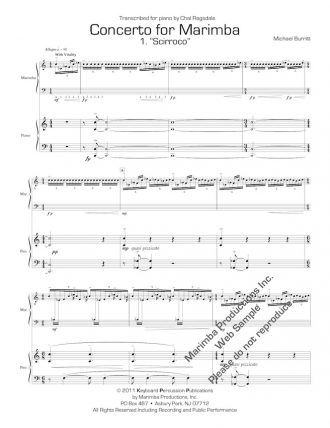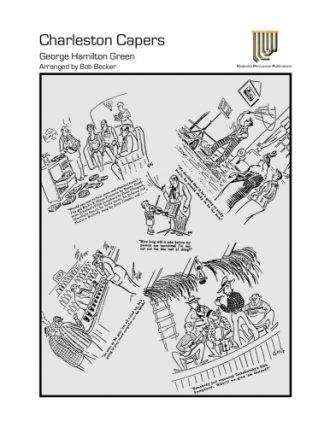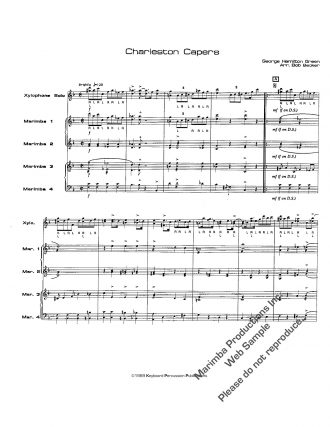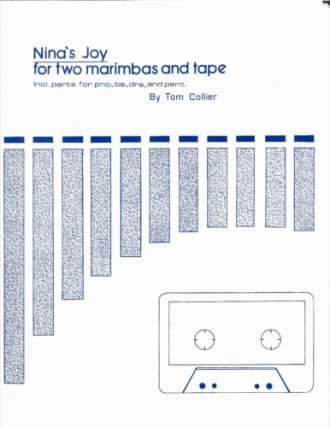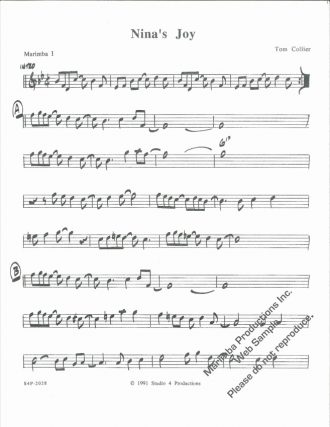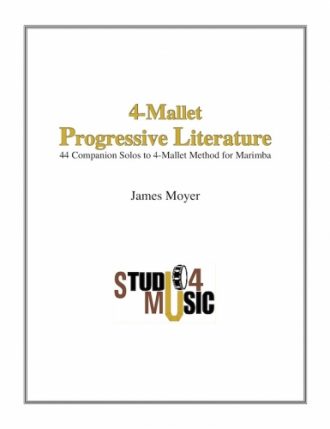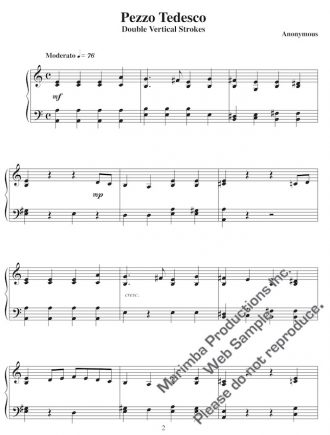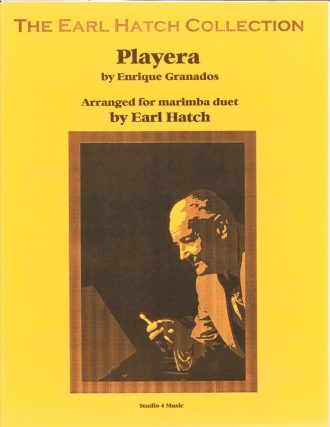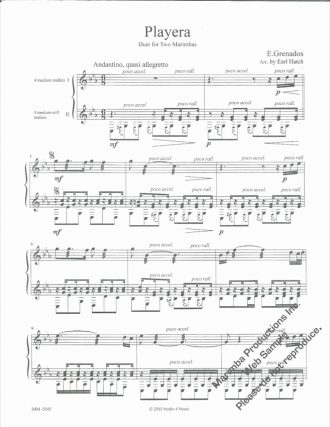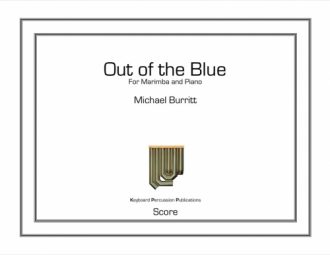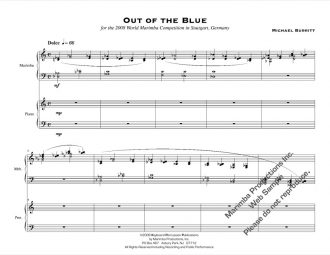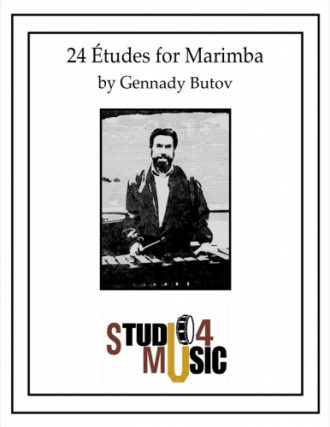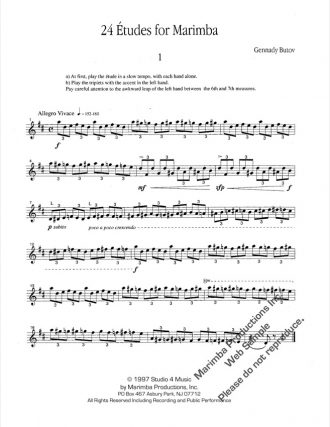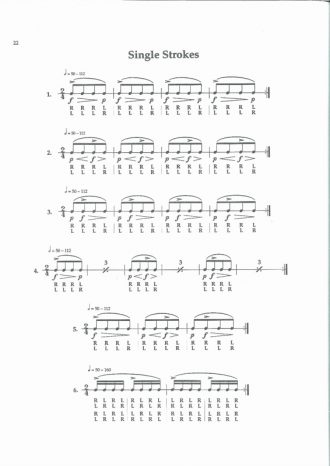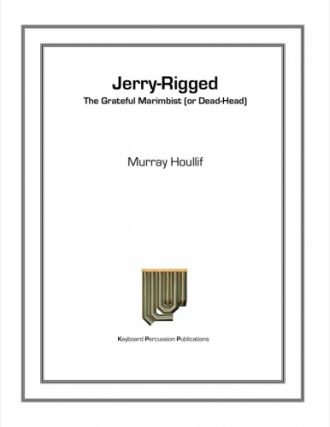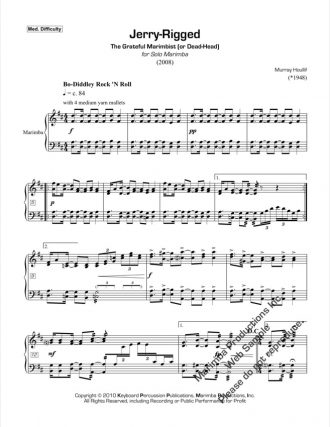Commissioned by Theodor Milkov, this piece is a massive, weighty, tonally contrapuntal, and technically brilliant tour de force. At 15 minutes in length, it should be programmed as the major work on a recital.
Watch Theodor Milkov perform Raymond Helble’s Passacaglia.
“Passacaglia” is presented as a theme with 22 variations and a coda, most of which are 12 bars in length. While the harmonic content of each variation is based on that of the theme, each variation has its own rhythmic identity that is developed organically as the piece progresses. Like most passacaglias, the tempo is slow (marked at 60-66 bpm), but don’t let that fool you: this is an exceedingly difficult piece to perform. Throughout the piece, there is a vast array of challenging music, such as extended 32nd-note passages, meant to be played with one hand, layered atop an oft-changing modern realization of a traditional passacaglia ground-bass accompaniment in the other hand. Exceptional control and independence are required.
While this piece requires technical prowess, that alone is not enough for an effective performance; a great deal of musical maturity is also necessary. Phrases are marked in only three of the 22 variations; thus it is up to the performer to determine appropriate, effective phrasnigs for the majority of the work. Very little of this piece lays across the instrument in a familiar manner, and there are no suggested stickings. These observations are not shortcomings, but rather opportunities for individual interpretation.
Although “Passacaglia” is difficult, it is not a flashy, pretentious piece. What Helble asks of the performer is asked in the interest of the music, which is beautiful and powerful. Those willing to put the time and effort into bringing this piece to life will be greatly rewarded.
— Brian Elizondo, Percussive Notes — July 2017

